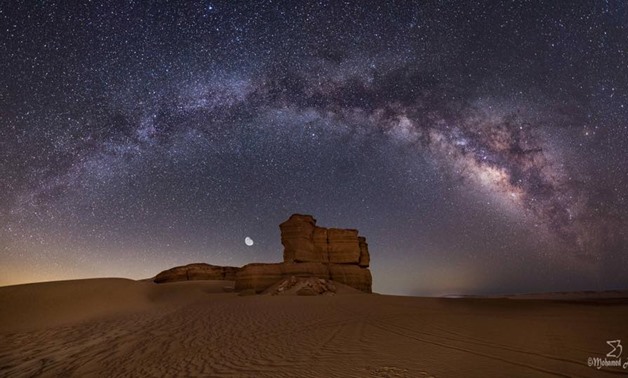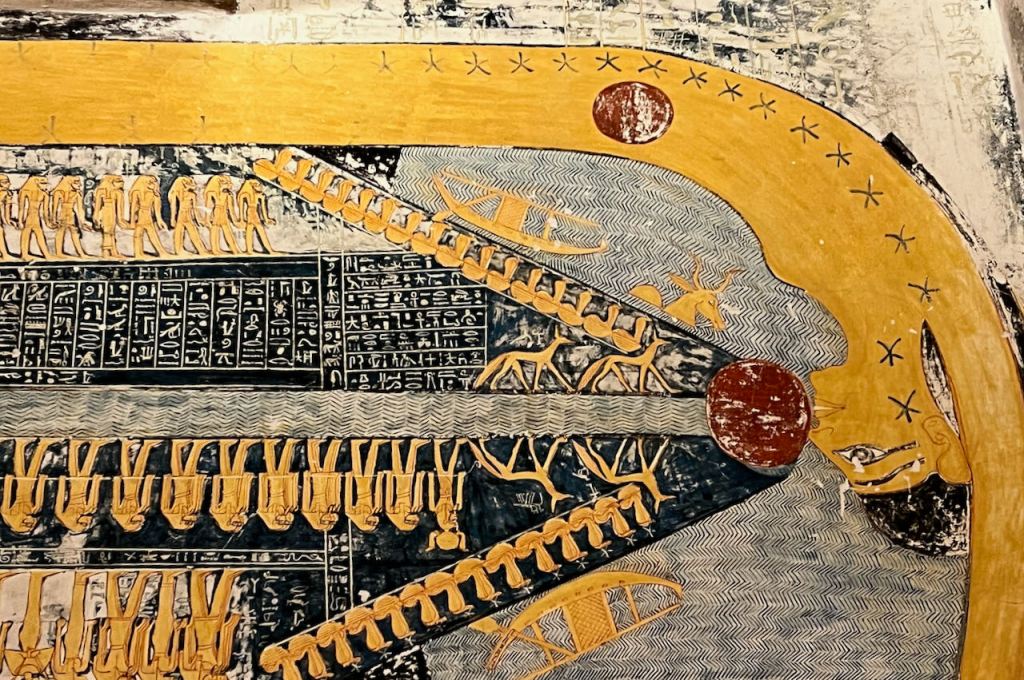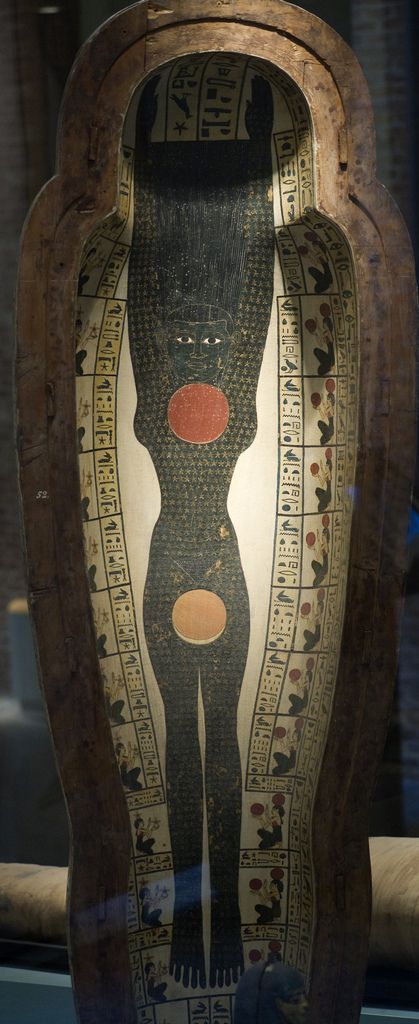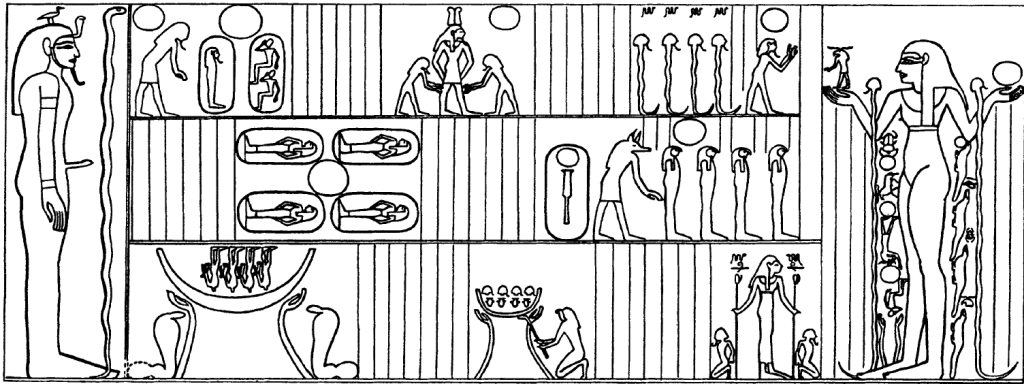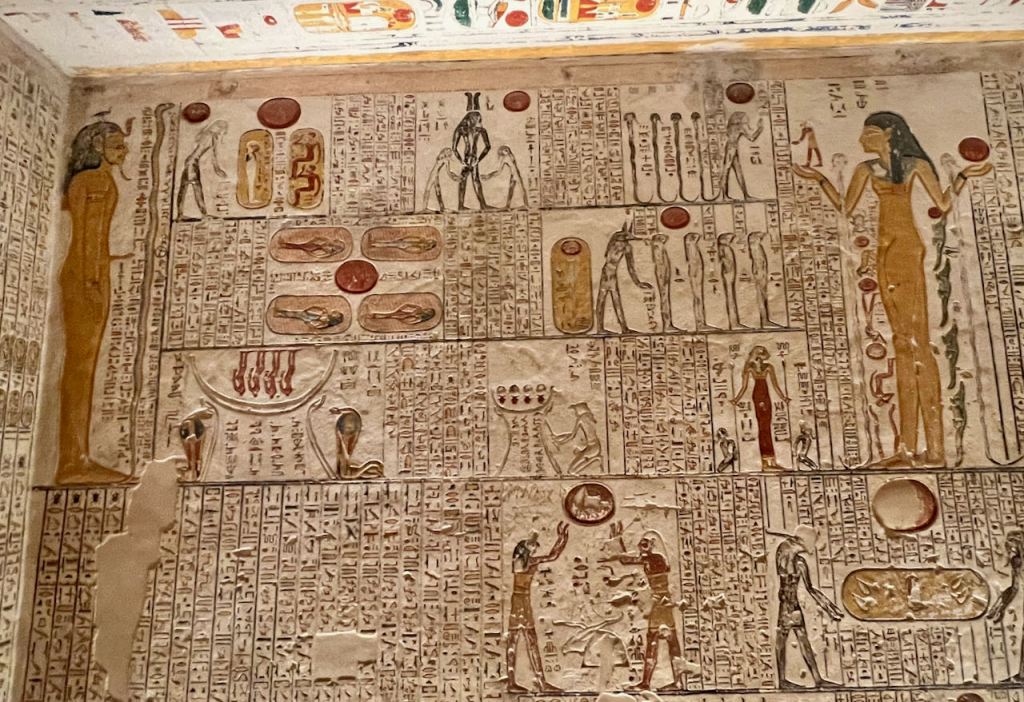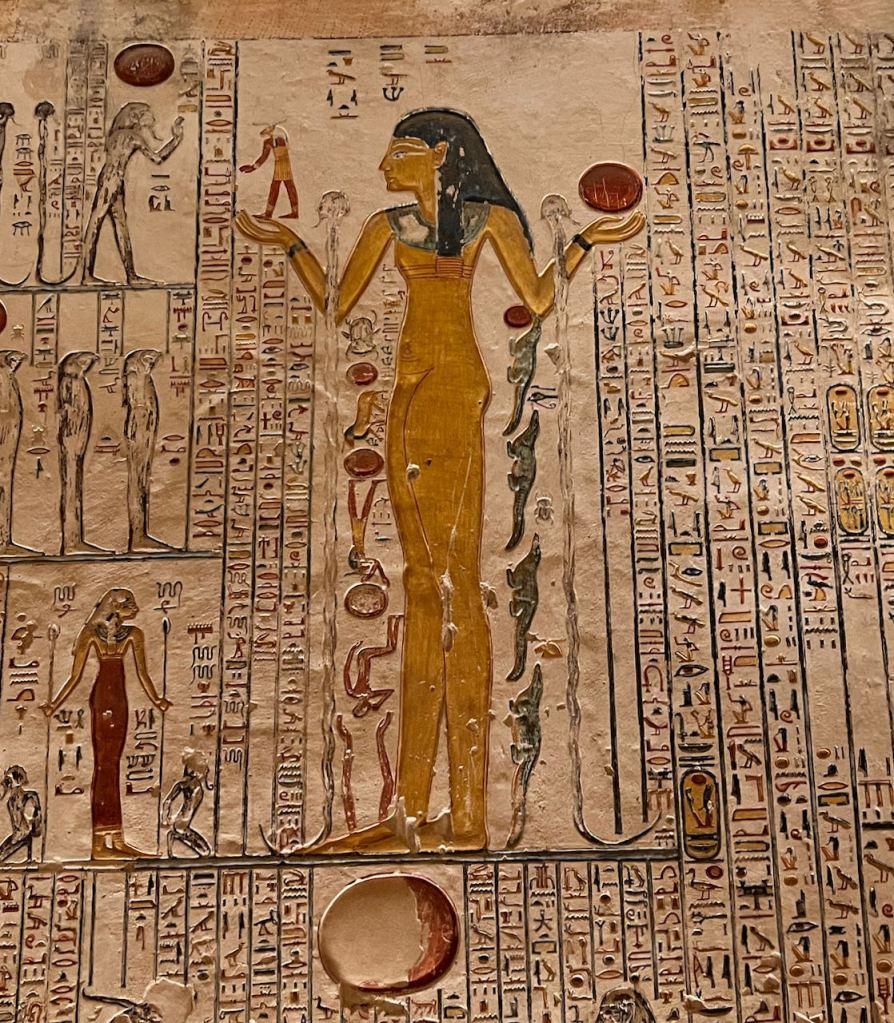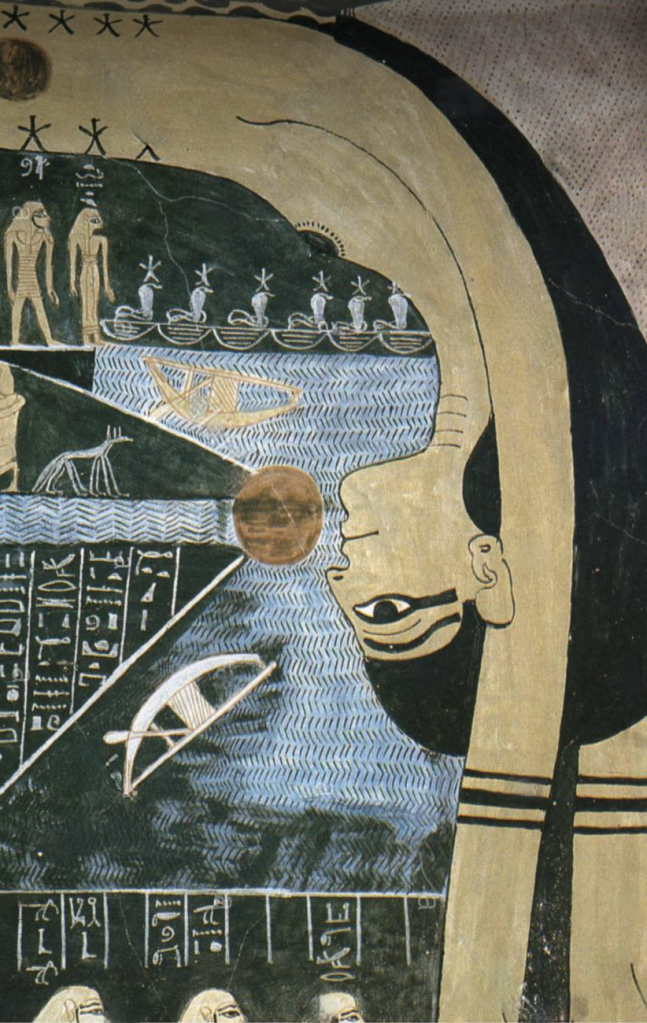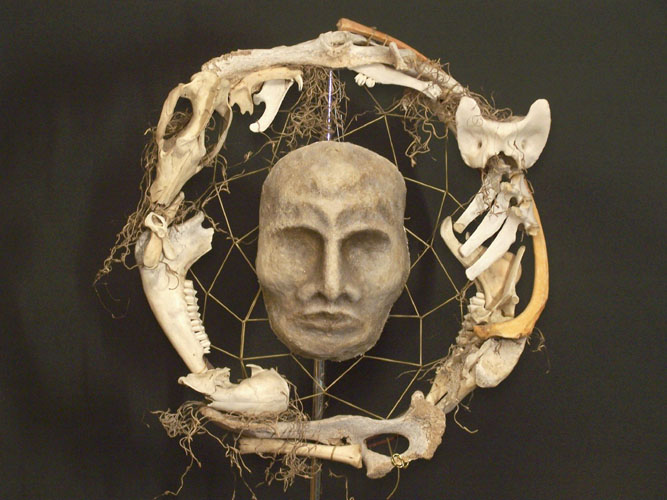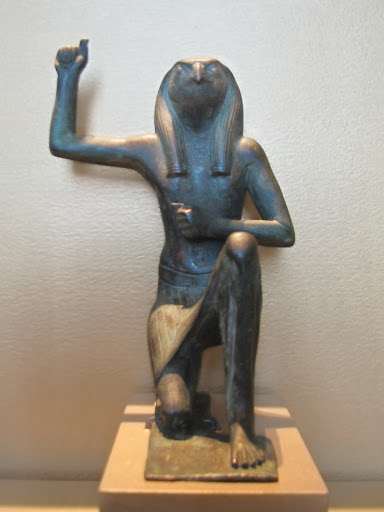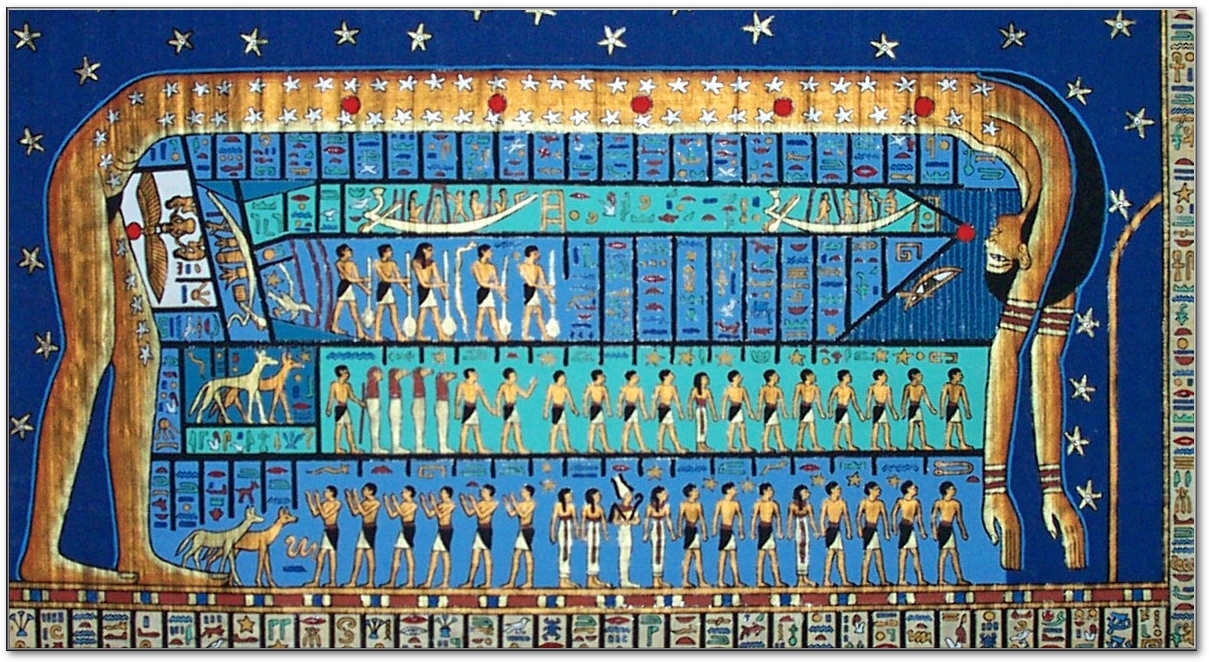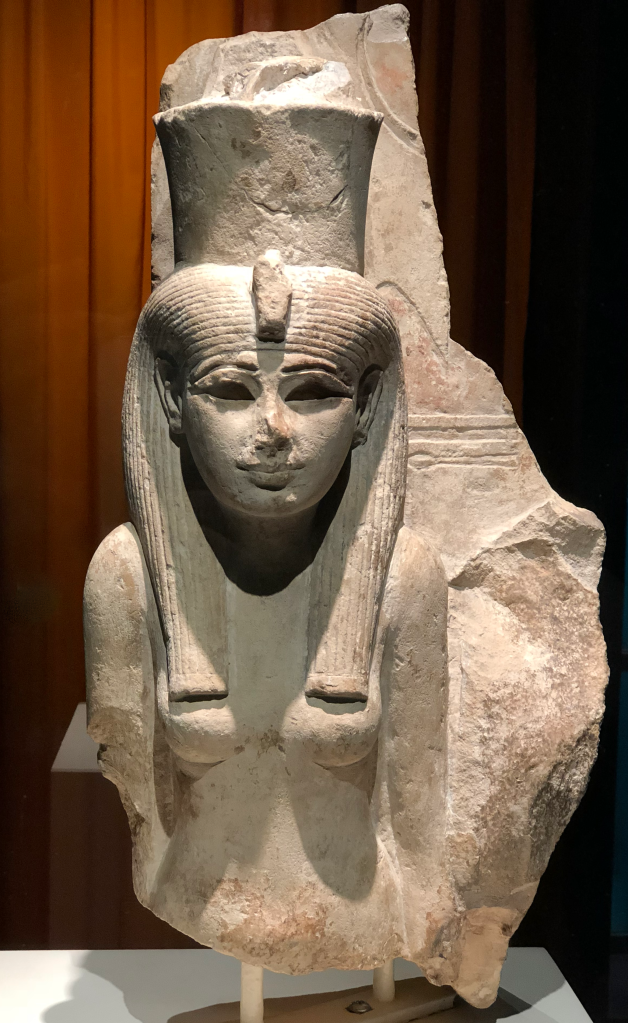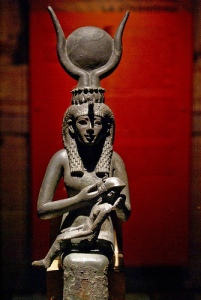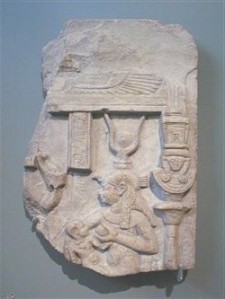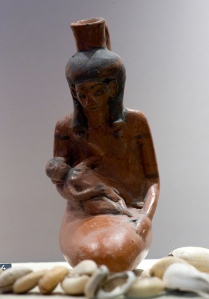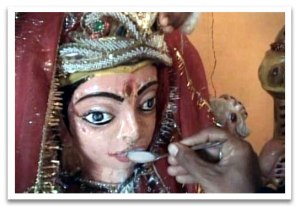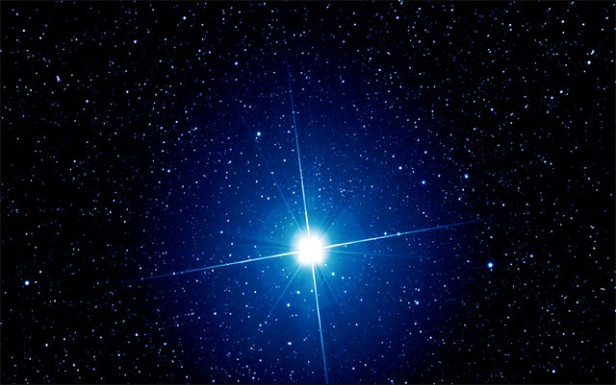Right now, I am in a state of anticipation.
As I look to the night sky, I cannot see the star of Isis, Sirius, for She remains hidden now. Yet I anticipate Her rising late next month. But in the meantime, I contemplate the vastnesses of Her mother, Nuet, the Sky Goddess, Who is filled with the Indestructible Stars that Are in Her, and within Whom Her daughter now rests.

I am not Nuet’s priestess, but O, the Secret One draws me. I am awed by Her Eternity, Her Depth, Her Beauty, and I want to lose myself in Her. And right now, in the northern hemisphere at least, Our Lady Isis is Herself lost within the beautiful body of Her mother Nuet.
Right now, the star of Isis, Sirius, is hidden. Here in Portland, Oregon, She will not be seen again until pre-dawn in late August. Astronomically, that’s because the star is in conjunction with the sun. As the sun rises, its greater light makes the light of Sirius invisible to us. By late August, Sirius and the sun will move further away from each other so that, just before dawn, we can once more see the brilliance of the star in the twilight sky.
But that’s just astronomically. Mythically, Isis sojourns within the body of Her powerful mother Nuet. She Who is called the Mistress of All and the One Who bears the Gods and Goddesses. She is the Splendid and Mighty One in the House of Her Creation. She is the Great One in Heaven and the Indestructible Stars, that is, the circumpolar stars that are always visible, are within Her, just as Her mighty daughter Isis is within Her.
Nuet embraces the deceased king and each of us “in Her name of Sarcophagus” and “in Her name of Tomb.” She is the Mistress of the Secret Duat (the Otherworld). She is the Glowing One (perhaps as the Milky Way) and in Her we are joined to our stars, Becoming Divine. She is the one Who gives birth to us and Who welcomes us back into Her starry body at our deaths. She is Heaven and She is the Otherworld. She gives birth to the Sun God Re each day and receives him back into Her body, by swallowing, each night. She is the one Who is “Amid the Iset Temple in Dendera” for She is over Her daughter and Her daughter is in Her.
But now, while Isis is in Her mother’s body, She is also in the Underworld—for Nuet is the Lady of the Duat and Her body is both the Heavens and the Underworld. So now in the heat of the year, our Goddess is in the cool depths of Eternity. Perhaps this is the time for us, as Her devotees, to enter the Otherworld as well.


We usually think of symbolically going into the Underworld during the dark part of the year rather than the light part. Yet now, in the light of summer, it may be a particularly safe time to take that Underworld journey, for now we have the support of Isis Who awaits us there.
If we have scary things to face in our own personal Underworlds, now is a more supportive time to do so. The light of dawn comes more quickly now and the sunlight of Isis the Radiant One is more readily available to us after we have faced those inner darknesses that we must face in order to grow.
This may also be a good time to explore our relationships with our mothers. A strong priestess of my acquaintance, who was serving as a Priestess of Nuet at a festival a while ago, told me an interesting thing about how she perceived the relationship between Nuet and Isis. It was her distinct impression that Nuet did not get along with Her daughter. Of course, in the human realm, this is far from an uncommon thing. Mothers and daughters (and mothers and all their children, for that matter) can have issues. Now—in the light of summer and with the help of the Goddesses available to us—now might be a time to shed some light on those issues.
But even if we don’t have mom stresses, this can be a time to honor and remember our mothers, both human and Divine—perhaps under a star-filled sky. Since my own mother has already been enfolded in the wings of Isis, I shall plan to honor my Divine Mother Nuet and Her Starry Daughter Isis as I look up into the next clear and star-filled night.




